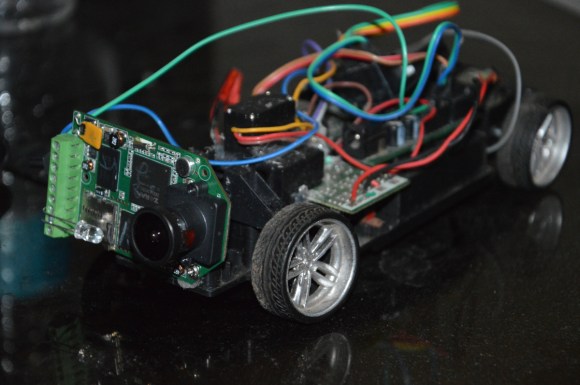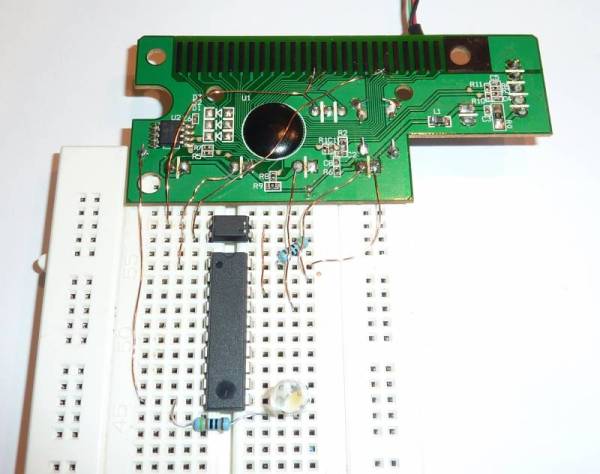
That’s not a colostomy bag, it’s the first prototype of [Stephen’s] scratch-built closed loop personal cooling system. He must be living in an uncomfortably hot apartment as this is the second cooling system we’ve seen from him in as many weeks. The previous offering was an evaporative system. This time around he’s pumping chilled water to bring some relief.
The image on the left shows the first iteration of the system which pumped cool water from a large jug through a loop of plastic tubing which he wears around his neck. To refine the design he build the version on the right. As a reservoir he grabbed a water-proof ID container meant to keep your valuables dry in the pool or ocean. Inside there’s a pump which he runs off of a 5V battery supply. It circulates water through the neck strap which is a piece of plastic tubing.
This will work for a time, but as the cold water picks up your body’s heat the effect will be lost. We think he needs to add a Peltier cooler to the reservoir in the next iteration. It might help to refine the loop to increase its ability to transfer heat where it touches your skin.
There’s demo of the most recent version embedded after the break.
Continue reading “Personal Cooling Using A Closed Loop Water System”
















